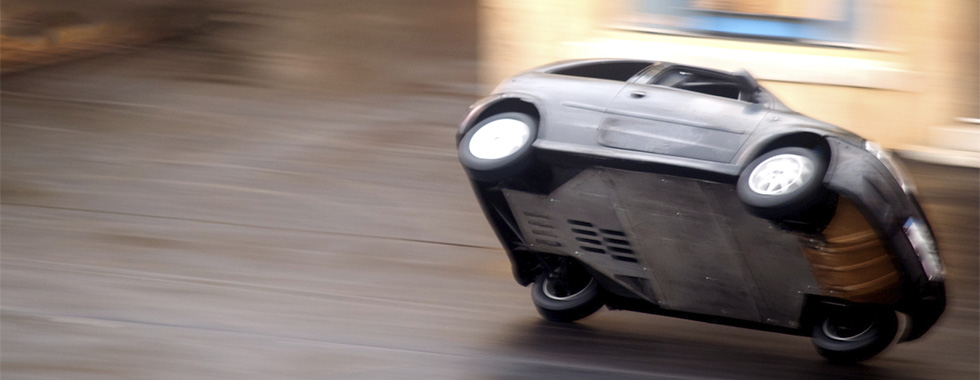In the fight to capture the waning attention span of the global consumer, studios are upping the ante to make stunts appear more dangerous – and, in doing so, intensifying production demands. While there are risks associated with television and film production, that risk isn’t necessarily caused by what you think, says Matt Lawford, who leads the Media & Entertainment group at Chesterfield, the London-based Lloyd’s broker and a Kaufman Financial Group company.
“Most of what seems risky to the viewer is actually not very risky from an insurance perspective,” says Lawford. “Stunts are completed with highly trained experts and special effects can be dropped into the film during post-production. Often it is relatively easy to identify and mitigate the risks.
One example is a recent advertising production from Volvo. Actor Jean Claude Van Damme was tasked with performing the splits while hovering between two Volvo trucks, which were moving backward at the time.
“Most consumers would watch that spot and expect it to have been a highly risky production for Volvo, Van Damme and the drivers,” says Lawford. “But in reality, the spectrum of potential outcomes, or ‘what ifs,’ was very small. We would have evaluated the risk based on the expertise of the drivers and the ability of Van Damme to perform the stunt. As an insurer, it would be very easy to prepare a coverage solution for a production like that.”
So, what does qualify as risky? According to Lawford, it is the unknown. “Any number of variables can impact a production timeline, and that’s truly the riskiest part,” he says. “Just as a financial institution secures itself against business interruptions, production teams should be armed with coverage should their timelines be interrupted or schedule delayed. Even a one-day delay can create skyrocketing costs.”
The rules that govern productions in the UK require preparations to be made for any eventuality. Having operated in that environment for decades, Lawford and his team at Chesterfield have built a unique reputation as one of the few groups in the world who can handle the riskiest of global productions.
Lawford sees a number of realities in today’s world that should be applied to U.S. productions:
- Terrorism. It’s actually a standard piece of UK media and entertainment insurance policies. “Many people assume this type of coverage would only be necessary if an act of terrorism could disrupt the production site,” says Lawford. “In the U.S. in particular, it’s an overlooked variable.” Lawford points out that acts of terrorism, like the gunman who shot and killed a TSA officer at LAX, can delay flights and hold up production schedules, costing thousands of dollars. “It’s the ripple effects of terrorism, versus the acts themselves, that production houses need to be concerned about,” he says.
- Weather. Production can easily be derailed by uncooperative weather, even if conditions are calm. A shot is often dependent on a certain kind of light or a required level of rainfall. If Mother Nature doesn’t cooperate, production stands to incur costs to reschedule, reshoot or rewrite.
- The right shot. The success of an entire production often depends on a single shot. A hat might be scripted to blow off an actor’s head a certain way or a swimmer could be required to create a specific type of splash during a dive. Getting the right shot can be difficult, and can mean countless takes and reshoots that often result in budget overages.




